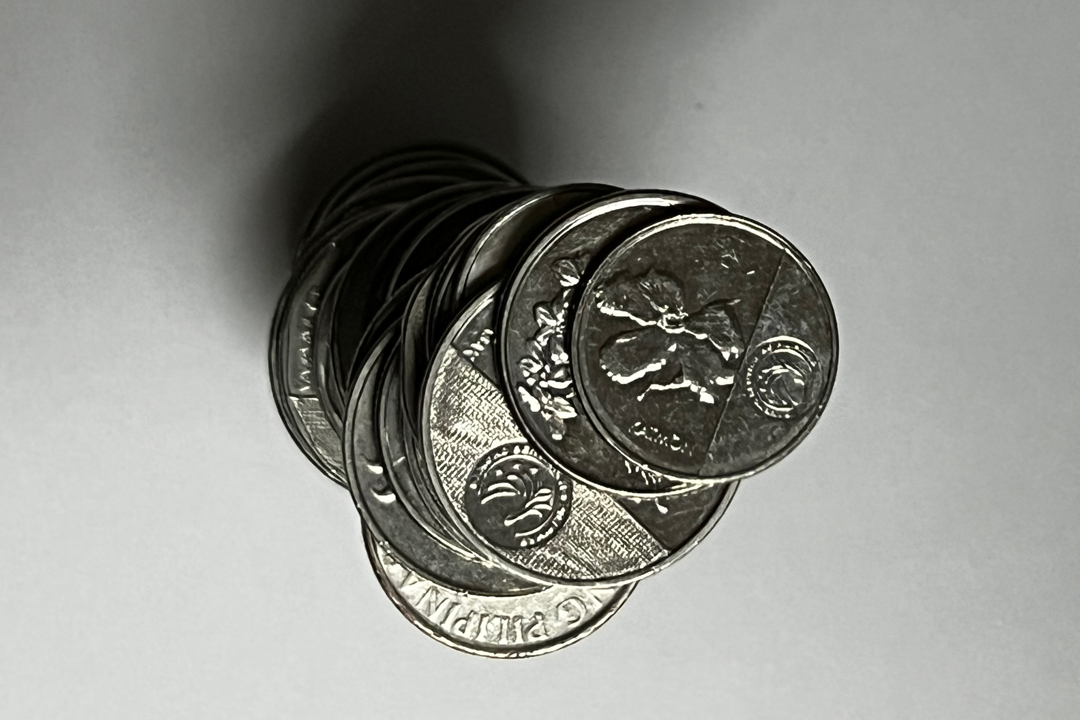Peso to move sideways as market waits for leads

THE PESO will likely trade sideways against the greenback this week as market players await fresh leads, such as the month-ahead inflation forecast of the Bangko Sentral ng Pilipinas (BSP).
The local currency closed at P55.38 versus the dollar on Friday, appreciating by a centavo from Thursday’s P55.39 finish, data from the Bankers Association of the Philippines’ website showed.
This was the peso’s best close against the greenback in more than three months or since the P55.19-a-dollar finish on Aug. 2.
Week on week, the peso likewise gained 29 centavos from its P55.67 close on Nov. 17.
The local unit opened Friday’s trading session stronger at P55.35 per dollar. Its worst showing for the day was at P55.49, while its intraday best was at P55.30 versus the greenback.
Dollars traded rose to $1.19 billion on Friday from the $1.07 billion recorded on Thursday.
The peso was a tad stronger on Friday amid hawkish signals from the central bank chief, Rizal Commercial Banking Corp. Chief Economist Michael L. Ricafort said in a Viber message.
BSP Governor Eli M. Remolona, Jr. on Friday said monetary policy will remain “hawkish for a while,” reiterating that the Monetary Board could still resume tightening if inflation picks up anew.
“If the inflation rate doesn’t go down as projected, we have no choice,” Mr. Remolona said. “But what we are watching more than the inflation rate itself is the expectations; if they get de-anchored, we’ll have to do something.”
At its Nov. 16 policy meeting, the BSP kept its target reverse repurchase rate at a 16-year high of 6.5% amid easing inflationary pressures following an off-cycle hike of 25 basis points (bps) last month.
The Monetary Board has now raised borrowing costs by a total of 450 bps since it started its tightening cycle on May 2022.
It will hold its final policy meeting for this year on Dec. 14.
Meanwhile, the dollar slightly eased versus major global currencies on Friday amid lower global crude oil prices, providing support to the peso, Mr. Ricafort said.
This was due to possible delays on further oil production cuts by members of the Organization of the Petroleum Exporting Countries and its allies (OPEC+), he said.
OPEC+ has delayed a ministerial meeting expected to discuss oil output cuts to Nov. 30 from Nov. 26 as producers struggled to agree on production levels and hence possible reductions, OPEC+ sources said, Reuters reported.
Three OPEC+ sources said this was linked to African countries. OPEC+ said after its last meeting in June that the 2024 output quotas of Angola, Nigeria and Congo were conditional on reviews by outside analysts.
Sunday’s meeting of the OPEC+ had been expected to consider further changes to a deal that already limits supply into 2024, according to analysts and OPEC+ sources.
For this week, the peso may move within the P55.20 to P55.70 range amid the lack of major catalysts, Security Bank Corp. Chief Economist Robert Dan J. Roces said.
Potential trading drivers this week include data such on the country’s budget balance in October (Nov. 29), October bank lending (Nov. 30) and manufacturing activity for November (Dec. 1), as well as the BSP’s month-ahead inflation forecast for November (Nov. 30), Mr. Ricafort said.
Markets are also pricing another pause from the US Federal Reserve next month, he said.
The US central bank held borrowing costs steady at 5.25-5.5% for the second straight meeting earlier this month after it hiked policy rates by 525 bps from March 2022 to July 2023.
Mr. Ricafort expects the peso to range from P55.15 to P55.65 per dollar this week. — Keisha B. Ta-asan with Reuters



